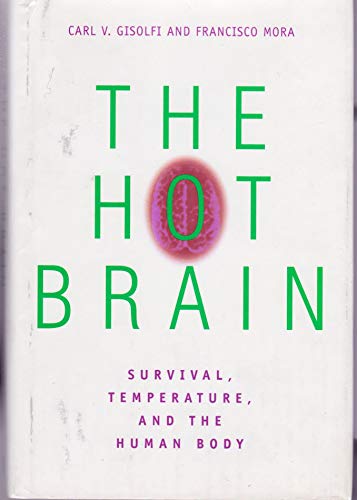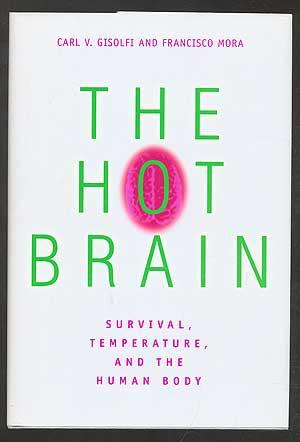gisolfi carl francisco mora (5 Ergebnisse)
Suchfilter
Produktart
- Alle Product Types
- Bücher (5)
- Magazine & Zeitschriften (Keine weiteren Ergebnisse entsprechen dieser Verfeinerung)
- Comics (Keine weiteren Ergebnisse entsprechen dieser Verfeinerung)
- Noten (Keine weiteren Ergebnisse entsprechen dieser Verfeinerung)
- Kunst, Grafik & Poster (Keine weiteren Ergebnisse entsprechen dieser Verfeinerung)
- Fotografien (Keine weiteren Ergebnisse entsprechen dieser Verfeinerung)
- Karten (Keine weiteren Ergebnisse entsprechen dieser Verfeinerung)
- Manuskripte & Papierantiquitäten (Keine weiteren Ergebnisse entsprechen dieser Verfeinerung)
Zustand Mehr dazu
- Neu (Keine weiteren Ergebnisse entsprechen dieser Verfeinerung)
- Wie Neu, Sehr Gut oder Gut Bis Sehr Gut (1)
- Gut oder Befriedigend (2)
- Ausreichend oder Schlecht (Keine weiteren Ergebnisse entsprechen dieser Verfeinerung)
- Wie beschrieben (2)
Einband
- alle Einbände
- Hardcover (5)
- Softcover (Keine weiteren Ergebnisse entsprechen dieser Verfeinerung)
Weitere Eigenschaften
- Erstausgabe (1)
- Signiert (Keine weiteren Ergebnisse entsprechen dieser Verfeinerung)
- Schutzumschlag (3)
- Angebotsfoto (1)
Sprache (2)
Gratisversand
Land des Verkäufers
Verkäuferbewertung
-
The Hot Brain : Survival, Temperature, and the Human Body
Anbieter: Better World Books, Mishawaka, IN, USA
Zustand: Very Good. Former library book; may include library markings. Used book that is in excellent condition. May show signs of wear or have minor defects.
-
The Hot Brain : Survival, Temperature, and the Human Body
Anbieter: Better World Books: West, Reno, NV, USA
Zustand: Good. Former library book; may include library markings. Used book that is in clean, average condition without any missing pages.
-
The Hot Brain: Survival, Temperature, and the Human Body
Verlag: The MIT Press, Cambridge, 2000
ISBN 10: 0262071983 ISBN 13: 9780262071987
Anbieter: Between the Covers-Rare Books, Inc. ABAA, Gloucester City, NJ, USA
Erstausgabe
Hardcover. Zustand: Fine. Zustand des Schutzumschlags: Fine. First edition. Fine in fine, lightly soiled dustwrapper.
-
The Hot Brain: Survival, Temperature, and the Human Body
Verlag: MIT Press (2000), Cambridge [MA], 2000
Anbieter: Expatriate Bookshop of Denmark, Svendborg, Dänemark
orig.cloth Minor rubbing. VG., dustwrapper. 23x15cm, xi,272 pp Contents: In the Beginning; Evolution & the Control of Body Temperature as a Mechanism for Survival; The Mechanics of Our Environmental Independence: Building Circuits & Chemicals in the Brain; More About the Brain & Temperature; What's So Important About a Body Temperature of 37' C?; From Siberia to Africa: Understanding the Extremes; The Burning Brain; Fever, Survival & Death; Temperature and the Struggle for Life; The Brain is the Body: A Unitary Perspective on Thermoregulation. Minor rubbing. VG., dustwrapper.
-
The Hot Brain: Survival, Temperature and the Human Body
Verlag: MIT Press (2000), Cambridge [MA], 2000
Anbieter: Expatriate Bookshop of Denmark, Svendborg, Dänemark
orig.cloth Minor rubbing. VG., dustwrapper. 24x15cm, x,272 pp. "From the first unicellular life on Earth, living things have had the capacity to sense heat and cold and to avoid extreme temperatures. With the development of a bigger brain and a constant body temperature, mammals were able to change their habitats. The interplay between behaviour, body temperature and ambient temperature may have played a crucial role in human evolution. In this book Carl Gisolfi and Francisco Mora tell the evolutionary story of the brain and thermoregulation, with an emphasis on modern humans. The book first traces the story of the brain throughout evolution and shows how the control of body temperature as a survival mechanism of our environmental independence, why a body temperature of 37 degrees C (only five degrees from death) is essential for humans and how this narrow temperature range is defended. It describes how we cope with environmental extremes, the function of fevers, and why thermoregulation is best understood through a combination of physiological and cognitive approaches. It also addresses such questions as "Can we cool the brain?" and "Is the elevation in brain temperature (a hot brain) the reason we stop exercising?" - Publisher's description. Minor rubbing. VG., dustwrapper.




